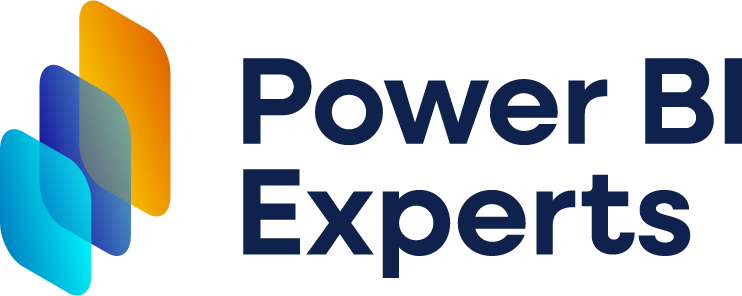
When it comes to healthcare, data isn't just numbers—it's the heartbeat of effective patient care. Hospitals, clinics, and healthcare providers are increasingly turning to data analytics tools like Power BI to unlock actionable insights from patient data. Whether it’s tracking patient admissions, monitoring treatment outcomes, or optimizing staffing, Power BI offers dynamic, interactive visualizations that help healthcare professionals make well-informed decisions quickly. Let’s explore how Power BI makes patient data meaningful in healthcare. 🌡️📊
Why Power BI in Healthcare? 🚑
Healthcare data can be complex and vast. From electronic health records (EHRs) and patient demographics to treatment histories and outcome statistics, managing and interpreting this data is a huge challenge. Power BI stands out by consolidating data from various sources and providing healthcare staff with clear, visual insights.
With Power BI, healthcare providers can:
Identify Patient Trends: Use historical data to analyze patterns in patient health conditions, such as common symptoms or seasonal illnesses, helping providers improve preventive care.
Monitor Hospital Operations: Track occupancy rates, patient wait times, and staff efficiency to optimize daily hospital operations and improve the patient experience.
Ensure Compliance: By visualizing compliance data in real-time, Power BI helps healthcare organizations stay aligned with industry standards and regulations.
Optimize Resource Allocation: Evaluate resource use across departments, identifying areas where supplies or staffing may need adjustment to better serve patients.
Key Use Cases in Patient Data Analytics 🏥
With Power BI, healthcare providers can analyze a variety of patient data to improve outcomes, streamline processes, and enhance the overall care experience.
Here are some ways healthcare professionals use Power BI:
Patient Admission and Discharge Rates: Monitor patient flow by tracking admissions and discharges, which can help in optimizing resource allocation and understanding demand patterns.
Patient Journey Analysis: Follow patients from the moment they enter the hospital to post-discharge follow-ups, allowing for a complete view of the patient journey and identification of areas for improvement.
Readmission Rates: Visualize readmission trends to identify which cases may need more follow-up and care adjustments, aiming to reduce overall readmission rates.
Treatment Effectiveness: Analyze treatment outcomes across different patient demographics to understand which approaches are most effective for specific conditions.
Predictive Analytics for Patient Care: Use historical data to predict potential patient needs and improve readiness, from anticipating bed demand to planning for seasonal spikes in illnesses.
Bringing It All Together with Power BI Dashboards 🎛️
Power BI is transforming the healthcare sector by making complex patient data accessible, visual, and actionable. From improving patient care to optimizing hospital operations, Power BI equips healthcare providers with the tools to turn data into better health outcomes. If your organization is ready to make the leap into data-driven patient care, consider exploring Power BI services and consulting to get started.

